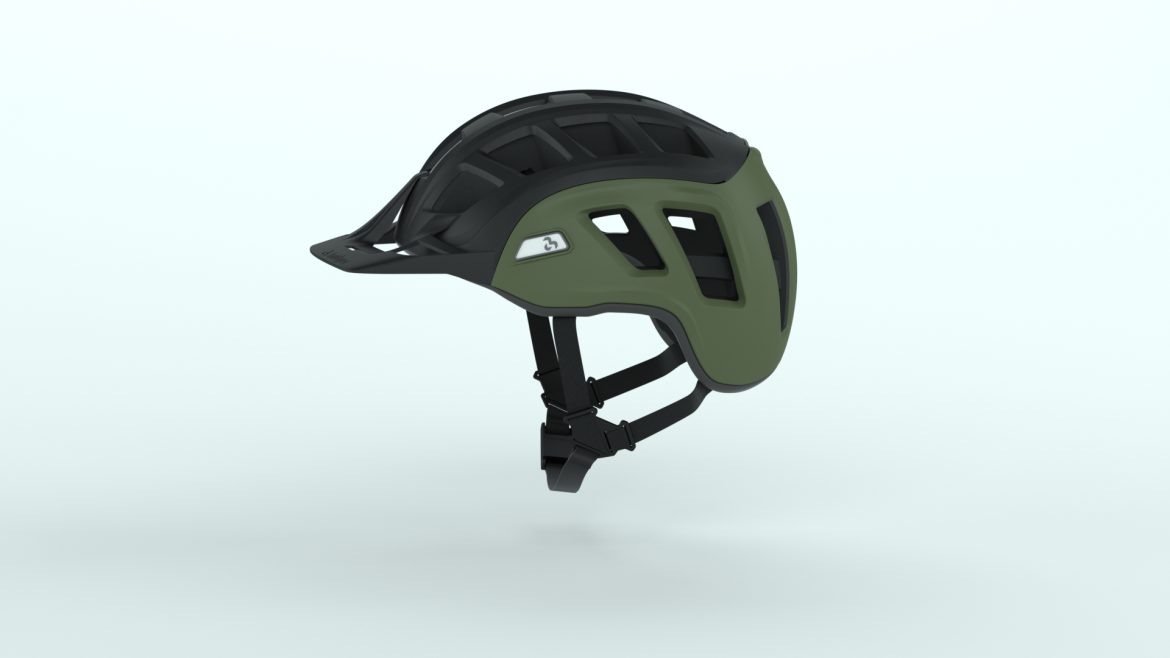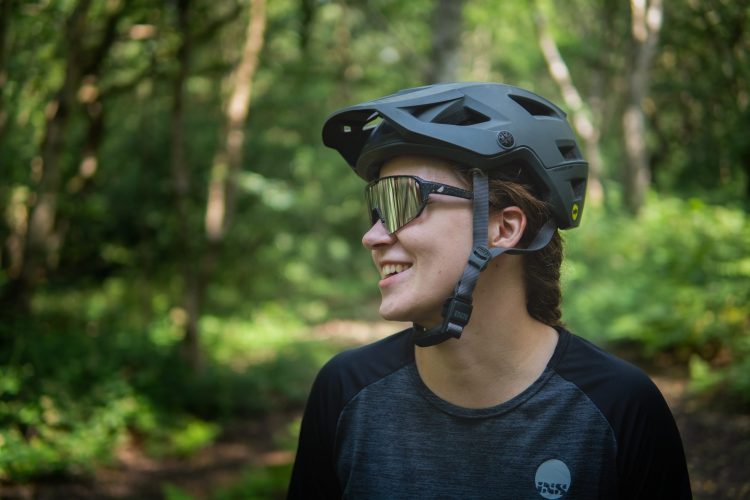
Editor’s note: Singletracks does not vet crowdfunding projects, and this coverage should not be considered an endorsement of the seller or product. Be sure to thoroughly read and understand the project terms and conditions if you decide to pledge or purchase. Buyer beware.
Not everyone on the trail bleeds suspension fluid, and for folks who also ride road bikes or ski occasionally, head protection can become rather cumbersome and costly. That’s precisely the conundrum that the sibling team at Bridger Helmets hopes to resolve with their three-in-one lids.
Bridger kicked off four years ago when a pair of brothers on the east coast decided they would rather start a business and solve a problem than continue clawing at the corporate ladder. They purchased a 3D printer and set out learning how to design, test, refine, and eventually market their innovative helmet solution.
Peter and Ryan Eiler have plopped their heads in over 550 prototypes over the past few years, with somewhere in the range of 3,000 hours on their 3D printer. They’re designing the frame to be adaptable between mountain biking, road cycling, and skiing/snowboarding, all via some interchangeable shell pieces that will also allow users to swap the helmet’s colorway between nine hues.
The road helmet will be a visorless shell, as usual, and the mountain bike version gains a visor. Snow helmets include a shorter visor, ear coverings, a goggle-strap holster, and a ventilation system up top to regulate warmth. Folks who live in colder climates may want to add some snow features to their MTB lid for the coldest of the muddy months. Another cool element of the modular shell is that you can remove it after a crash and inspect the main chassis and foam for damage.


Inside the helmet, the brothers of Bridger are still researching which rotational-impact system they feel is most effective. For direct impacts, they have added a broad swatch of G-Form material at the forehead and the back of the skull where their research shows a lot of hard hits come in. The G-Form material is rate-sensitive, so it hardens on impact and releases that energy without remaining deformed, unlike traditional helmet foams. The G-Form material is a little more difficult to work with and costs far more than EPS, but they feel the safety benefits are there to justify the additional cost.
One of the Eiler brothers mentioned that there’s a hockey helmet brand using similar rate-sensitive material, suggesting they may be at the beginning of a trend in safety wear. Wait, but hockey and American football players are hitting their heads multiple times per game, so why aren’t we using their tech to make helmets last through several impacts? The answer is speed. Directly contacting a tree at 25 miles per hour is quite different from how two human bodies flub into one another at lower speeds. Also, and including a helping of speculation, it’s easier to design a helmet to prevent concussions when someone might occasionally crash, whereas a footballer will certainly bang heads and is largely expected to experience a few concussions. Ryan Eiler mentioned that “if you put a football foam in a ski helmet and we tried to impact test it, there’s no way it would pass the certification.”
The new multi-sport Bridger helmets weigh a reported 370g with the brim installed. The brothers have employed Kickstarter to get things full rolling, and grassroots supporters will receive a 30% discount on their helmet purchase. Given all of its adjustability and usability, this lid will come in at a higher price of $189 via Kickstarter and roughly $270 for regular retail. If you then add in the snow shell and warmers the total will be around $300 for a helmet that’s ready for all three sports. The Eilers haven’t taken any loans or venture capital to date, so this funding round will be a potentially massive push forward for the company.




















0 Comments